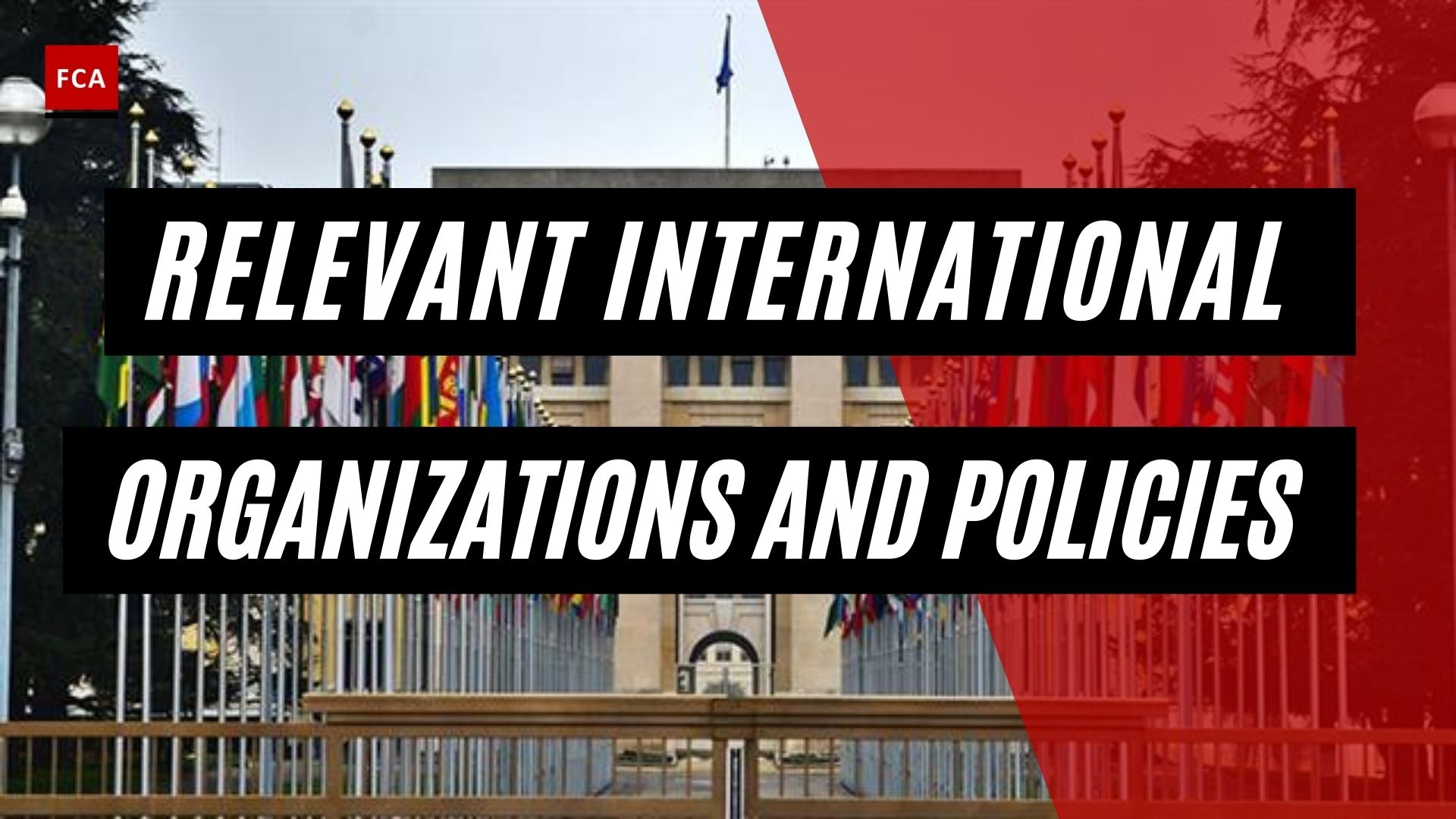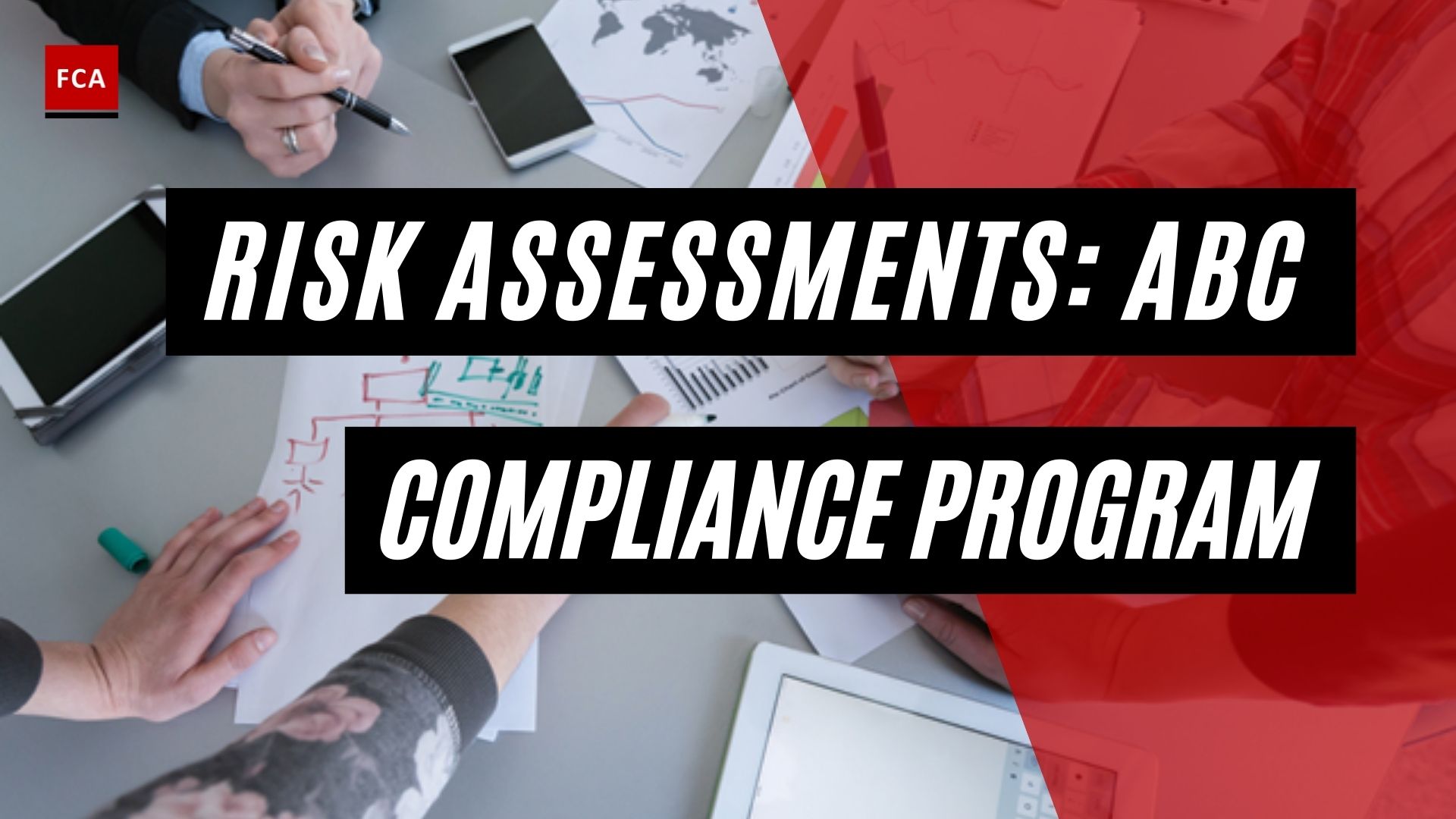The 3 stages of money laundering. Money laundering activities are practices used to disguise the source of illicit profits and integrate them into the legitimate economy. Money laundering means washing dirty money so that it appears clean. Bribery and corruption may be used to launder the illegal money from one location to another or from one jurisdiction to another jurisdiction. Money launderers take advantage of high-profile people or government officials by offering them a bribe to obtain a personal advantage and help hide the origin of the illegal money.

The 3 Stages Of Money Laundering
Corrupt officials and other criminals use money laundering techniques to hide the real origin and sources of money. This allows criminals to avoid detection by law enforcement and to spend their profits freely in different parts of the world.
Money laundering in some form is an essential part of most illicit enterprises, although methods vary widely. Large drug-trafficking organizations and corrupt public officials use complex, multijurisdictional layering schemes; small-time criminals use simpler strategies.
There are many ways to launder money. Money laundering schemes are categorized into three stages to make it easier to compare, contrast and analyze different methods. These three stages are:
Placement: Placement is the first stage, where the process starts with the physical placement of money in the financial infrastructure, for instance, in a bank, casino, local or international shop, or (currency exchange). It is conducted by investment in financial and non-financial assets. The illicit funds are used to purchase in the legitimate economy. In this stage, the criminal entities enter the business ecosystem as a customer, investors, or vendors.
Layering: Layering manipulates the origin of money laundering with a series of financial transactions and accounting tricks. It is conducted through numerous sales and purchases of financial and non-financial assets. Layering is performed through repeated transactions to conceal the source of the money or funds that are concealed; and
Integration: Integration is when laundered money is brought into the economy, usually through the financial system, and the funds are fully and untraceable integrated into the economy. Such as buying property from illegal money or the criminals creating a fake company and then giving a loan to themselves.
Regardless of how a money-laundering scheme works, it can be broken into these three stages. The “layering” stage, in which the source of the funds is concealed, is where most of the activity occurs in any given scheme. In small-scale schemes, the layering process may be quite simple. Large, complex laundering schemes may involve hundreds of transactions in multiple jurisdictions.
The person may perform bribery and corruption in the placement of money because the money needs to be injected into the financial system. Such as the physical movement of money into the financial system or a bank as a deposit. The money may then be used for corruption or bribery purposes to gain personal advantage through speeding up the process or business activity.
In the layering of money, the person may commit the corruption periodically or sequentially because the illegal money is layered, which may then be used at different intervals by the criminals for payment as bribery, to third party, for business purposes. For example, a large asset may be bought through the layered money, and the portion of the layered money is used as bribery to the third party for speeding up the process of asset purchase to buy the asset.
In integration, as the money laundered is brought back into the economy through different means such as real estate, fake loans, or import and export business; therefore the criminals use the illegal money and use it in the form of bribery to ensure the origin of money is not disclosed, and the business transaction is initiated to make the black money as white. To facilitate the criminals, the employees of the organizations are used by the criminals, where they are provided with bribe money and part of the illegal funds against the work performed as a facilitator for criminals or related groups.
Final Thoughts
The process of converting criminal proceeds into legitimate cash or assets is referred to as money laundering. Stolen funds, for example, could be used to buy real estate. The property is sold, and the legal proceeds are deposited into a bank account. To reach this point, the money must pass through three stages, with anti-money laundering checks in place at each stage to prevent it.









